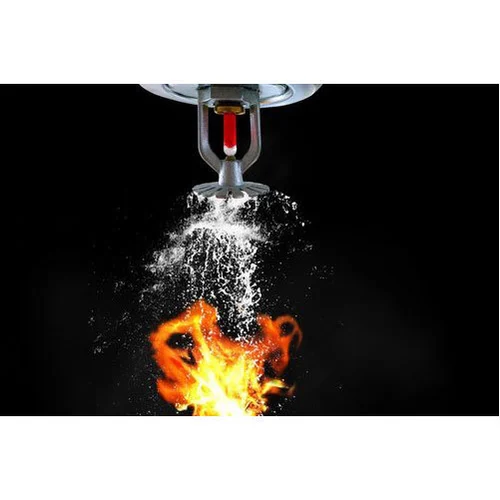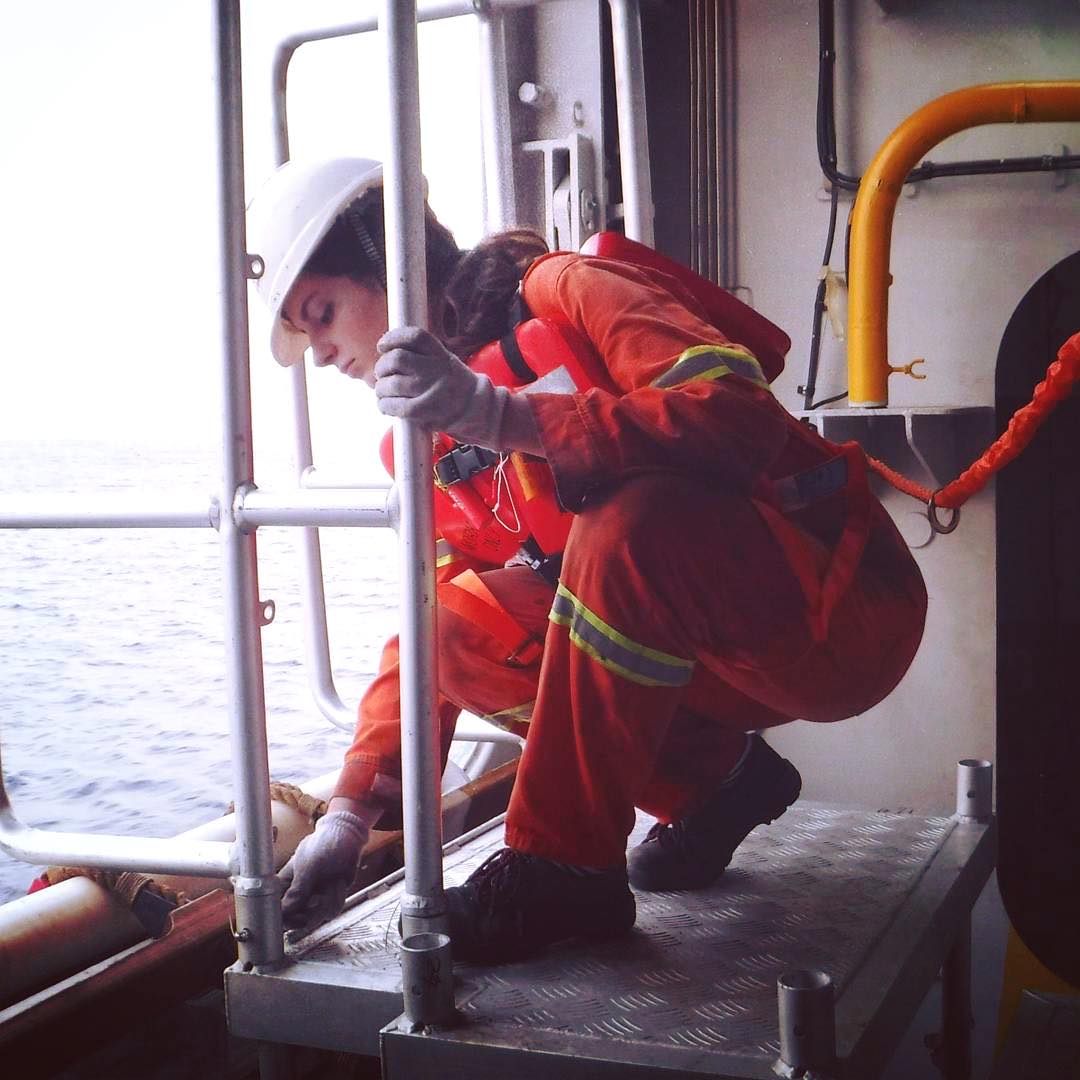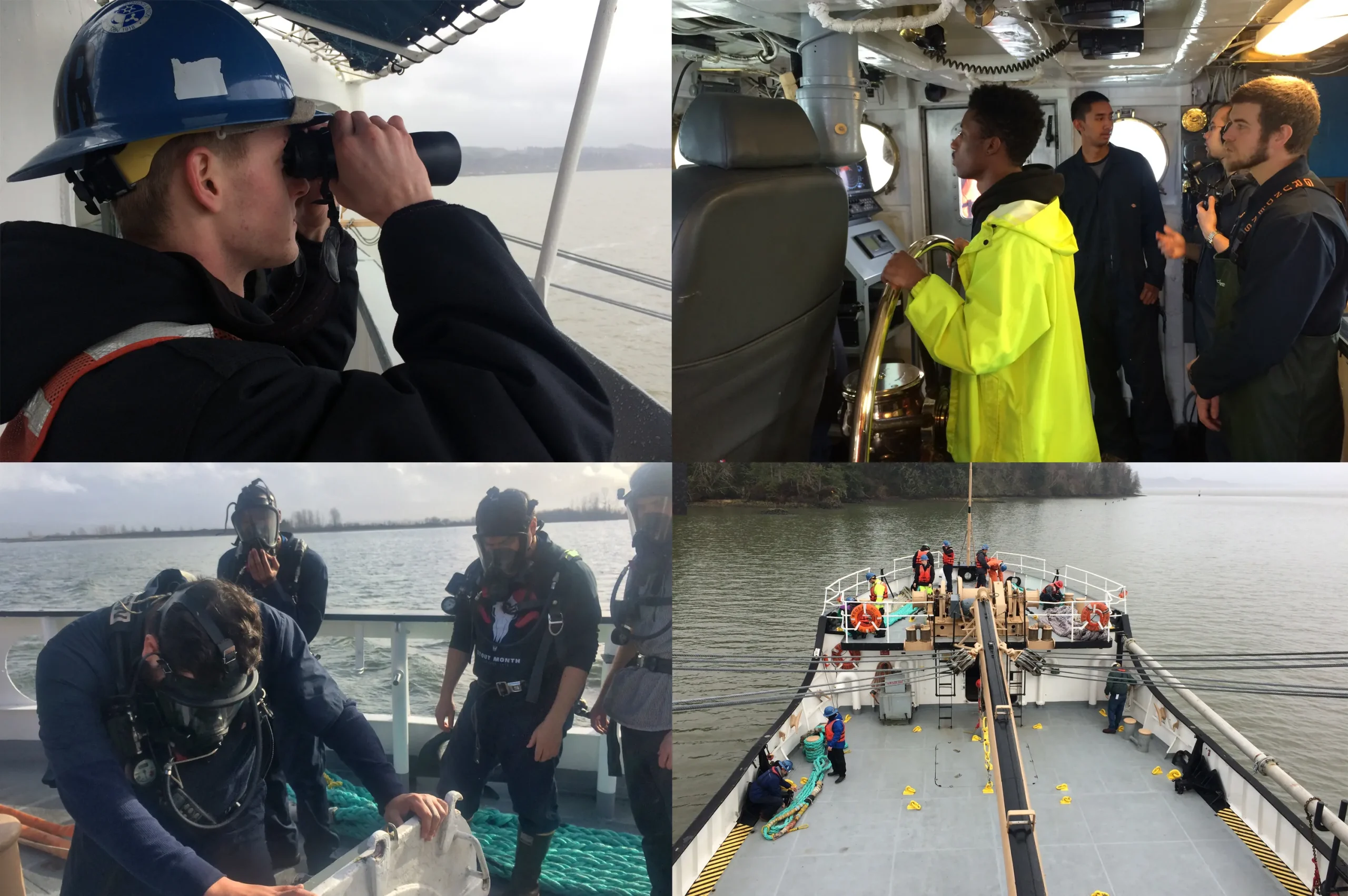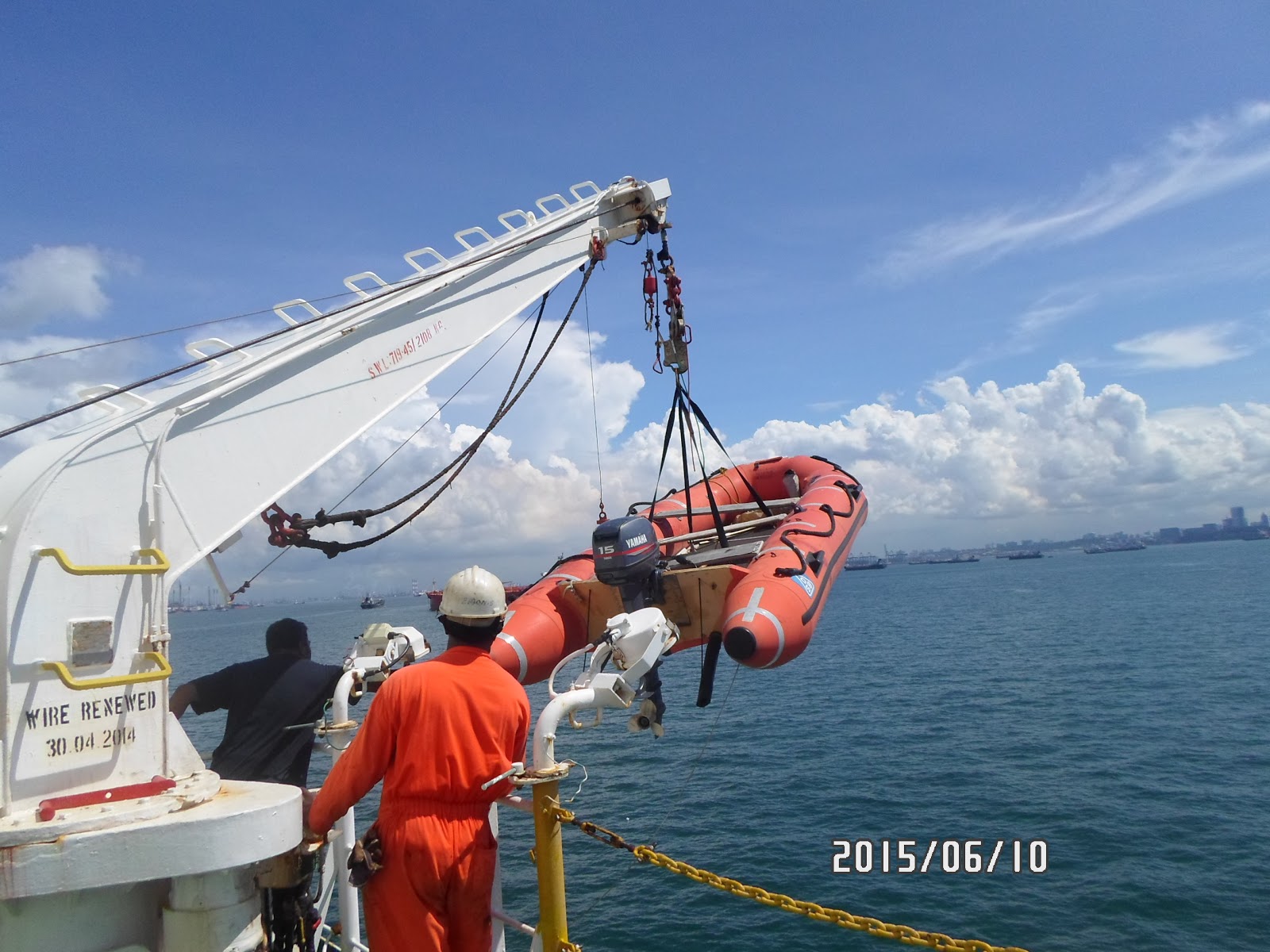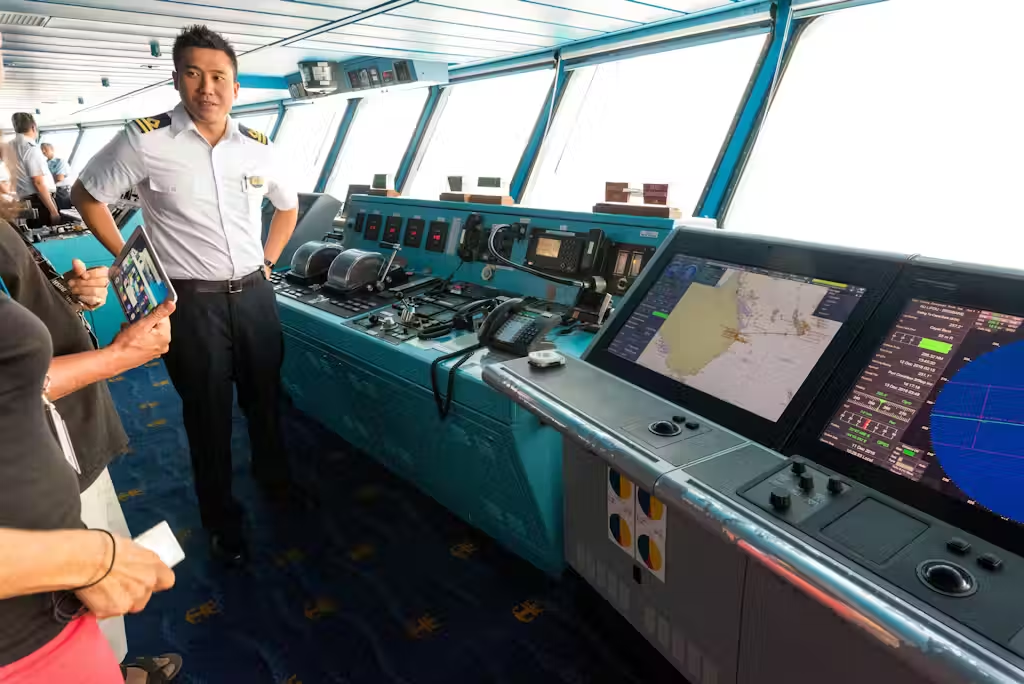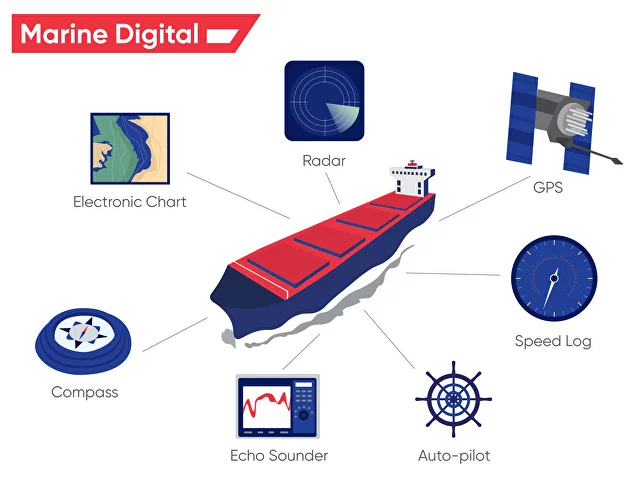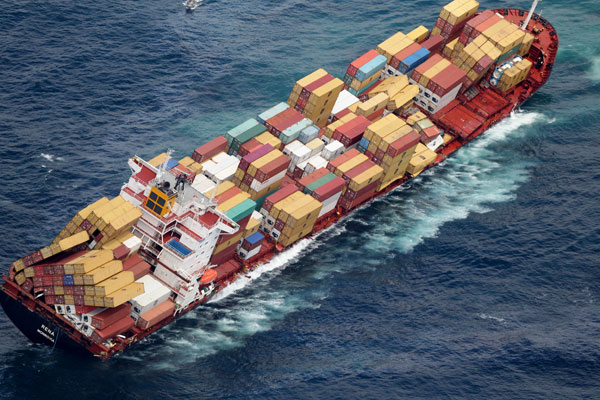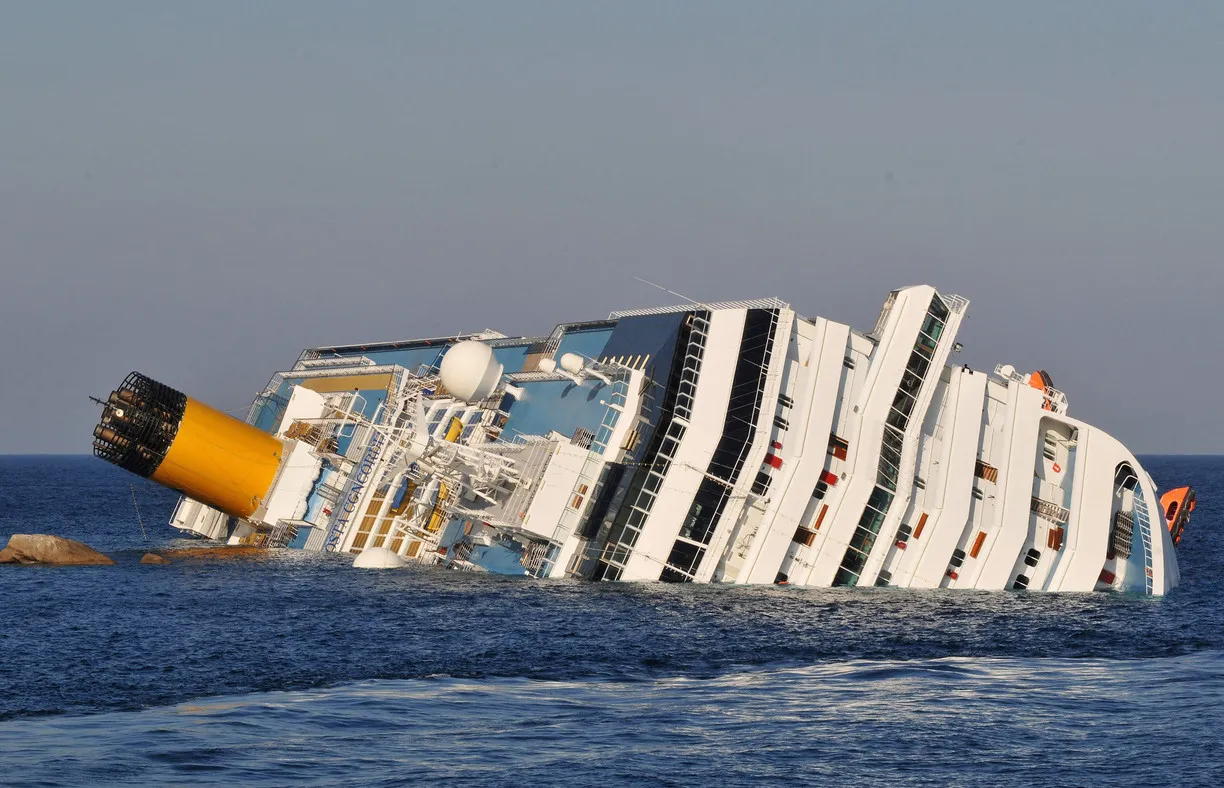Fixed Fire Fighting Sprinkler Systems on Accommodation of Commercial Ships
In the realm of maritime safety, fire hazards present a significant risk to both the vessel and its crew. Commercial ships, particularly those with sizable accommodations, require advanced fire suppression […]

